Vertical farming is an agricultural technique that involves the cultivation of crops in vertically stacked layers, usually in a controlled environment. This technique uses advanced technologies such as hydroponics, aeroponics, and aquaponics to grow crops without soil and under artificial lighting, providing ideal conditions for plant growth.
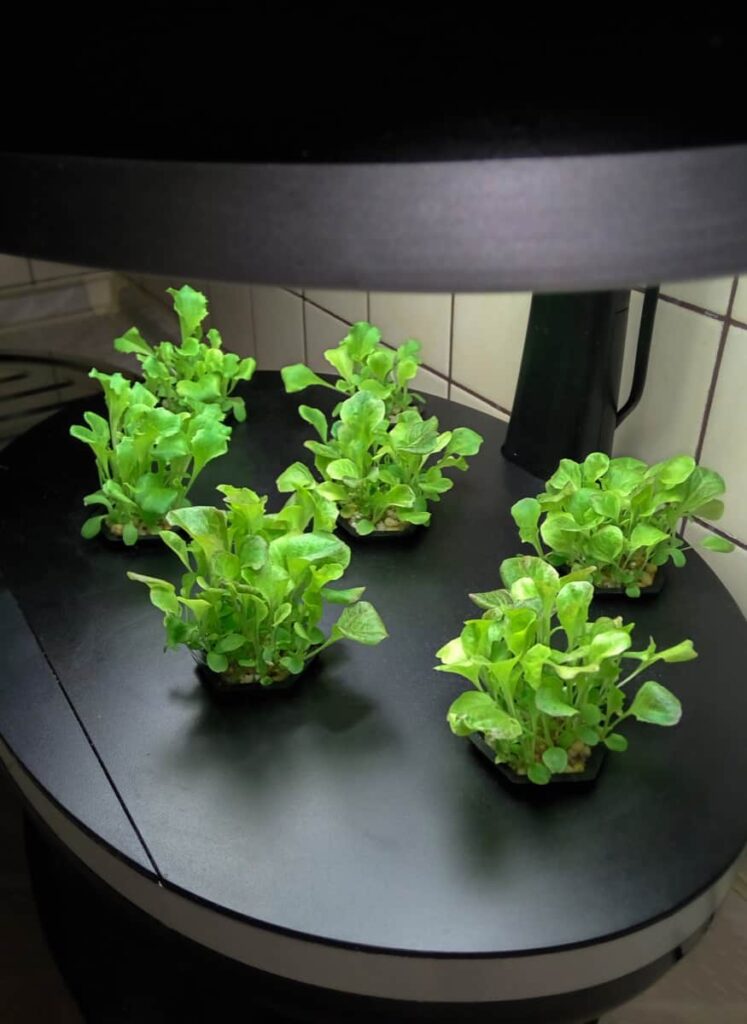
The use of vertical farming technology has grown significantly in recent years, driven by the need to increase food production while minimizing land use, water consumption, and environmental impacts. Below we learn about types of vertical farming, vertical farming systems, advantages of vertical farming, and potential applications of vertical farming.
How to Start Aeroponic Vertical Farming
Vertical Farming Technology
Vertical farming relies on various technologies to create a controlled environment conducive to plant growth. Some of the key technologies used in vertical farming include:
Hydroponics
This technique involves growing plants without soil, using nutrient-rich water as the growing medium. Hydroponic systems can be used in vertical farming to grow crops in a water-based solution delivered directly to the plant roots. This method allows for precise control over nutrient delivery and water consumption, resulting in faster growth and higher yields.
Aeroponics
Aeroponics is a technique that involves growing plants in a mist or fog environment, with the roots suspended in the air. In vertical farming, aeroponic systems can grow crops in a highly oxygenated environment, delivering water and nutrients through a misting system. This method allows for greater control over nutrient delivery and water consumption, resulting in even faster growth and higher yields.
In case you missed it: How to Start Microgreens Vertical Farming: For Indoors, Greenhouse, Growing Tips, Cost, and Benefits
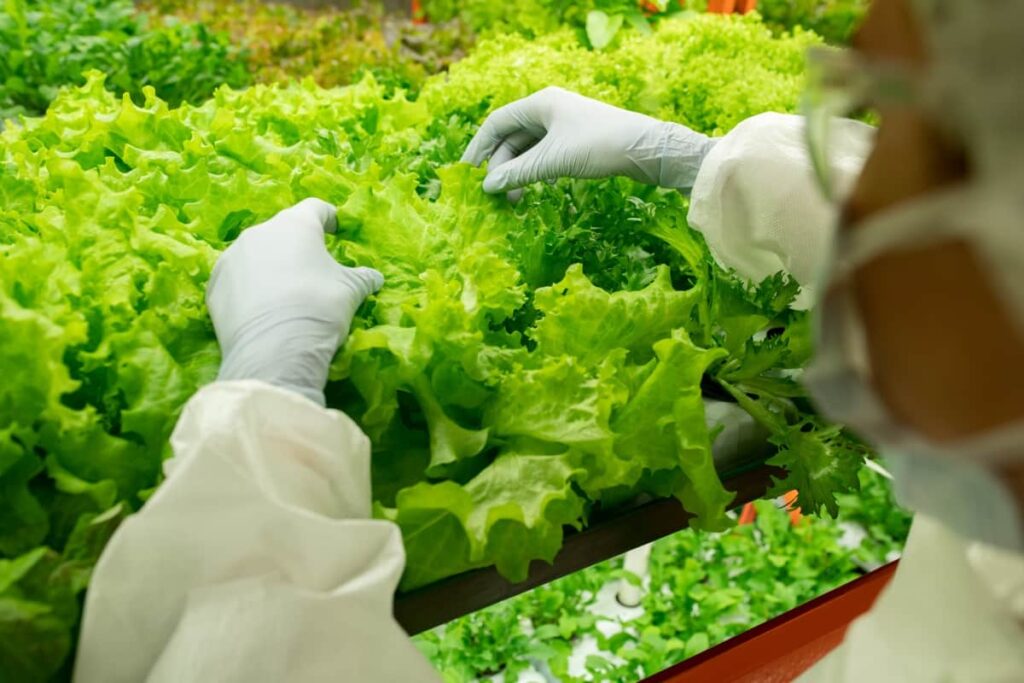
Artificial Lighting
Because vertical farms are often located indoors, artificial lighting simulates natural sunlight and provides plants with the energy they need to grow. LED lights are commonly used in vertical farming as they provide a full spectrum of highly efficient and cost-effective light.
Environmental Control Systems
To create the ideal growing environment, vertical farms rely on environmental control systems that monitor and adjust factors such as temperature, humidity, CO2 levels, and air circulation. These systems help to optimize plant growth and reduce the risk of disease and pests.
Benefits of Vertical Farming
Increased Yield
Vertical farming allows for the cultivation of crops in a controlled environment, resulting in higher yields and faster growth rates. By optimizing growing conditions, vertical farms can produce up to 10 times more crops per square foot than traditional farming methods.
Reduced Land Use
Vertical farming requires significantly less land than traditional farming methods, making it an ideal solution for urban areas with limited space. This technique also allows for year-round crop production, reducing the need for seasonal crop rotation and the associated land use.
Reduced Water Use
Vertical farming uses a fraction of the water required by traditional farming methods, with some estimates suggesting up to 70% less water usage. This is achieved through hydroponic and aeroponic systems, which recycle water and nutrients, reducing waste and increasing efficiency.
Reduced Environmental Impact
Vertical farming has a significantly lower environmental impact than traditional farming methods. It reduces the need for pesticides and herbicides and the carbon emissions associated with transportation and land use.
Potential Applications of Vertical Farming
Urban Agriculture
Vertical farming is an ideal solution for urban areas with limited space, allowing for the cultivation of crops in areas where traditional farming methods are not possible. In addition, by growing food locally, vertical farms can reduce the environmental impact of transportation and provide fresh produce to urban populations.
In case you missed it: Vertical Farming Business Plan in India: Crops, Subsidies, Companies, Cost, and Profits
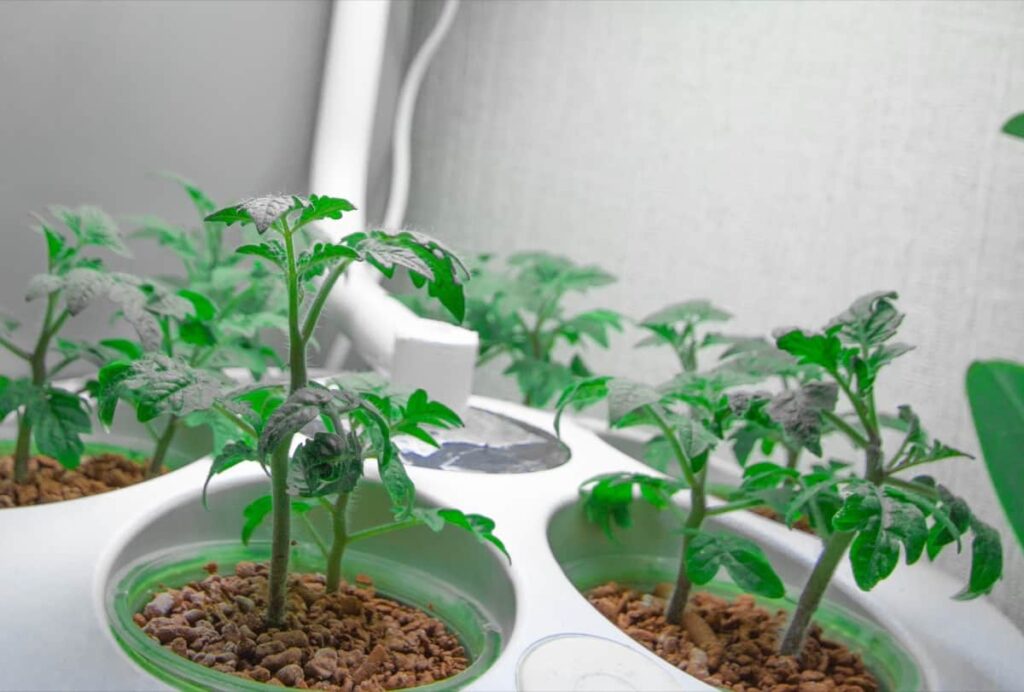
Food Security
Food output and food security can be increased via vertical farms, which are especially useful in regions where climate or geography provides challenges to conventional agriculture. Vertical farms can be established in areas with limited access to arable land, allowing for year-round crop production and reducing the need for imported food.
Disaster Relief
Vertical farming can be used as a food source in disaster-stricken areas, providing a reliable source of fresh produce that is not dependent on traditional farming methods. In the aftermath of a disaster, traditional supply chains may be disrupted, making transporting food to affected areas difficult. Vertical farms can be established locally, providing a source of fresh produce that is not dependent on external supply chains.
Environmental Sustainability
Vertical farming can potentially reduce the impact of agriculture on the environment by reducing the need for pesticides and herbicides, as well as the carbon emissions associated with transportation and land use. In addition, vertical farms can be established in urban areas, reducing the need for long-distance transportation of food and reducing the environmental impact of food production.
Research and Development
Vertical farming can be used as a platform for research and development in agriculture, allowing researchers to test new technologies and growing methods in a controlled environment. In addition, vertical farms can be used to study plant genetics, plant nutrition, and plant growth in various conditions, providing valuable insights into the science of agriculture.
Aeroponic Vertical Farming
Aeroponic vertical farming is a type of urban agriculture that involves growing plants in a vertical system, where plants are suspended in air and sprayed with a nutrient-rich mist instead of soil. This innovative technique allows for high-density crop production in a small area, making it an attractive option for urban areas where space is limited. Below we learn vertical farming with aeroponics, aeroponics farming advantages and disadvantages, and how aeroponics vertical farming works.
How Aeroponic Vertical Farming Works?
In an aeroponic vertical farm, plants are typically grown in tall towers, which can be several stories high. These towers are equipped with nozzles that spray a nutrient-rich mist onto the plant’s roots, providing them with the necessary nutrients to grow. The towers are also equipped with LED lights, which provide the plants with the required light for photosynthesis.
The plants are usually grown in a soilless medium such as rockwool or coconut coir, which supports the plants while allowing their roots to absorb the nutrient-rich mist. The system is designed to recycle the mist, reduce water usage, and ensure that the plants receive a constant supply of nutrients.
In case you missed it: Vertical Hydroponic Farming: A Growing Trend In Urban Agriculture
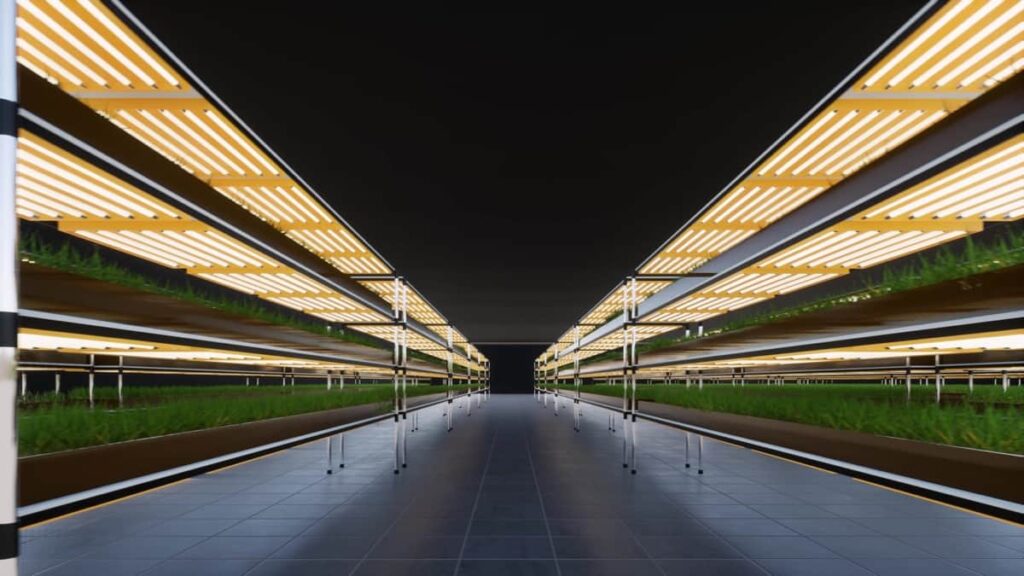
Benefits of Aeroponic Vertical Farming
High Yield
Aeroponic vertical farming allows for high-density crop production in a small area, meaning farmers can produce more crops per square foot than traditional farming methods. This can help reduce the overall amount of land needed for agriculture, which can be beneficial in urban areas with limited space.
Water Efficiency
Since the system is designed for recycling nutrient-rich mist, it is highly water-efficient. This is important in areas where water is scarce, as it can help reduce overall water usage and ensure that plants receive a constant water supply.
Reduced Pesticide Use
Aeroponic vertical farming can help reduce overall pesticide use, as the closed system makes it difficult for pests to invade the plants. This can help to reduce the overall use of pesticides and can lead to healthier, more sustainable crops.
Year-Round Crop Production
Aeroponic vertical farming allows for year-round crop production, as the system is designed to provide plants with the necessary light, water, and nutrients regardless of the season. This can help to ensure a consistent supply of fresh produce throughout the year.
Reduced Transportation Costs
Since aeroponic vertical farming can be done in urban areas, it can help to reduce transportation costs and emissions associated with transporting food from rural areas to cities.
Challenges of Aeroponic Vertical Farming
High Initial Investment
Setting up an aeroponic vertical farm requires a high initial investment, as the system requires specialized equipment such as LED lights, pumps, and misting nozzles.
Technical Expertise
Aeroponic vertical farming requires technical expertise and knowledge of the system to ensure that plants receive the necessary nutrients and water. This can be a challenge for those without experience in this field.
Energy Consumption
The LED lights used in aeroponic vertical farming require significant energy, which can be costly and contribute to greenhouse gas emissions.
Plant Health
Since plants in an aeroponic vertical farm are grown in a closed system, there is a risk of disease outbreaks, which can be difficult to manage.
Frequently Asked Questions about Aeroponic Vertical Farming
Is Aeroponics Better than Hydroponics?
Aeroponics and hydroponics are soilless growing methods that offer benefits such as increased yield and water efficiency. While both methods have advantages, aeroponics is often considered more efficient than hydroponics. This is because aeroponic systems use less water and nutrients and can produce higher yields per square foot.
In case you missed it: Vertical Strawberry Farming: A New Way to Increase Your Income and Yield
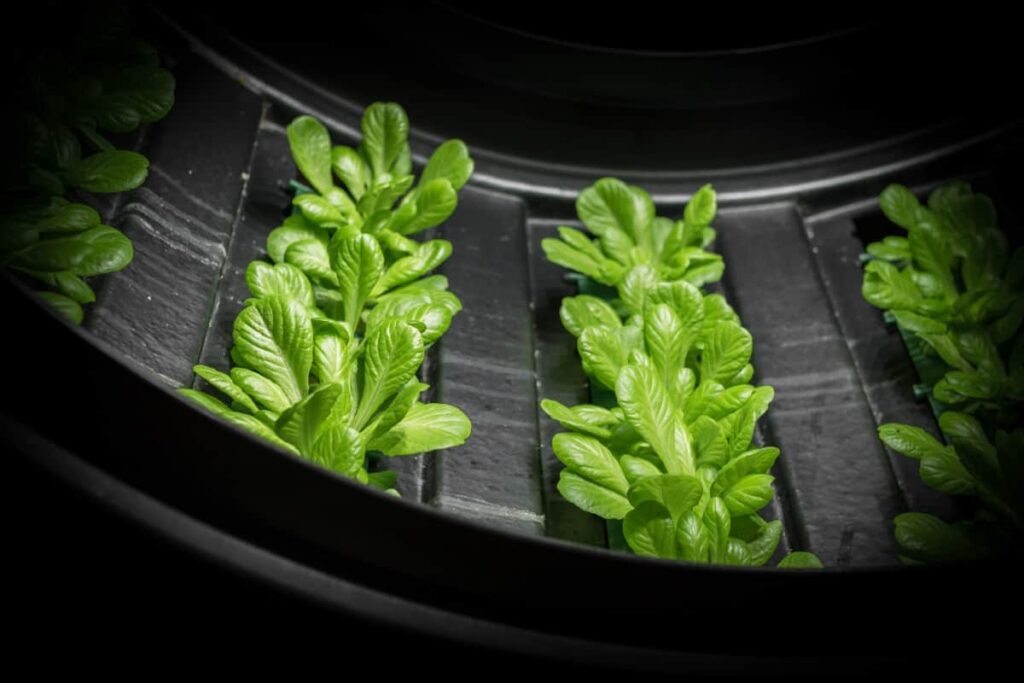
Additionally, the root systems of plants grown in aeroponic systems tend to be more extensive and healthier, which can result in faster growth and better overall plant health. However, aeroponic systems can be more complicated and expensive to set up and maintain than hydroponic systems. Ultimately, choosing between aeroponics and hydroponics will depend on available space, budget, and personal preference.
Is Aeroponic Farming Profitable?
Aeroponic farming can be profitable if done correctly and with proper planning. Although aeroponic farming has a high initial investment cost due to the required equipment and infrastructure, it has the potential to provide a high yield of crops per square foot, making it a profitable venture in the long run. The technology used in aeroponic farming allows for precise control over water, nutrients, and environmental conditions, resulting in consistent and high-quality crops.
Additionally, with the growing demand for locally grown, fresh produce, aeroponic farming can help meet this demand, increasing farmers’ profits. However, like any business venture, there are risks and challenges associated with aeroponic farming, such as plant disease outbreaks and technical expertise requirements. Proper planning and management, including careful selection of crops, monitoring, and maintenance of the system, and a clear understanding of the market demand, are essential to the profitability of an aeroponic farming operation.
What is Aeroponic Farming Equipment?
Aeroponic farming equipment includes a range of specialized tools and systems designed to facilitate the growth of plants in an aeroponic system. These can include misting nozzles, nutrient delivery systems, LED grow lights, and sensors to monitor environmental factors such as temperature and humidity. The misting nozzles are a critical component of the system, as they deliver a fine mist of nutrient-rich water to the plant roots suspended in the air.
The nutrient delivery system may include a reservoir of nutrient-rich water circulated through the system to ensure that the plants receive a consistent supply of nutrients. LED grow lights provide the necessary light for photosynthesis, and sensors can monitor environmental factors to ensure the plants grow optimally. With the right aeroponic farming equipment, creating a highly efficient and sustainable plant growth system is possible.
Frequently Asked Questions about Vertical Farming Technology
What is the Use of IoT in Vertical Farming?
The use of IoT (Internet of Things) in vertical farming allows for precise control and monitoring of environmental conditions and the ability to automate various aspects of the farming process. IoT sensors can measure temperature, humidity, CO2 levels, and lighting intensity, allowing real-time monitoring and adjusting of the growing environment. This level of control enables vertical farmers to optimize crop growth and reduce the risk of crop failure due to environmental factors.
Additionally, IoT technology can be used to automate tasks such as watering, fertilizing, and harvesting, reducing labor costs and increasing efficiency. With the help of IoT, vertical farming has the potential to become a highly efficient and sustainable method of food production, with the ability to produce high yields of fresh, healthy produce in a controlled and resource-efficient environment.
Which Crop is Best for Vertical Farming?
Leafy greens such as lettuce and spinach are popular choices for vertical farming due to their relatively short growing cycle and high market demand. Other crops suitable for vertical farming include herbs, strawberries, and microgreens. In addition to crop selection, the success of vertical farming also depends on the use of appropriate technology, such as hydroponics, aeroponics, and LED lighting. By combining the right crops with the right technology, vertical farmers can optimize their yields and produce high-quality, nutritious crops year-round.
In case you missed it: Top 29 Vertical Vegetable Garden Ideas for Beginners: Check How this Guide Helps Home Gardeners
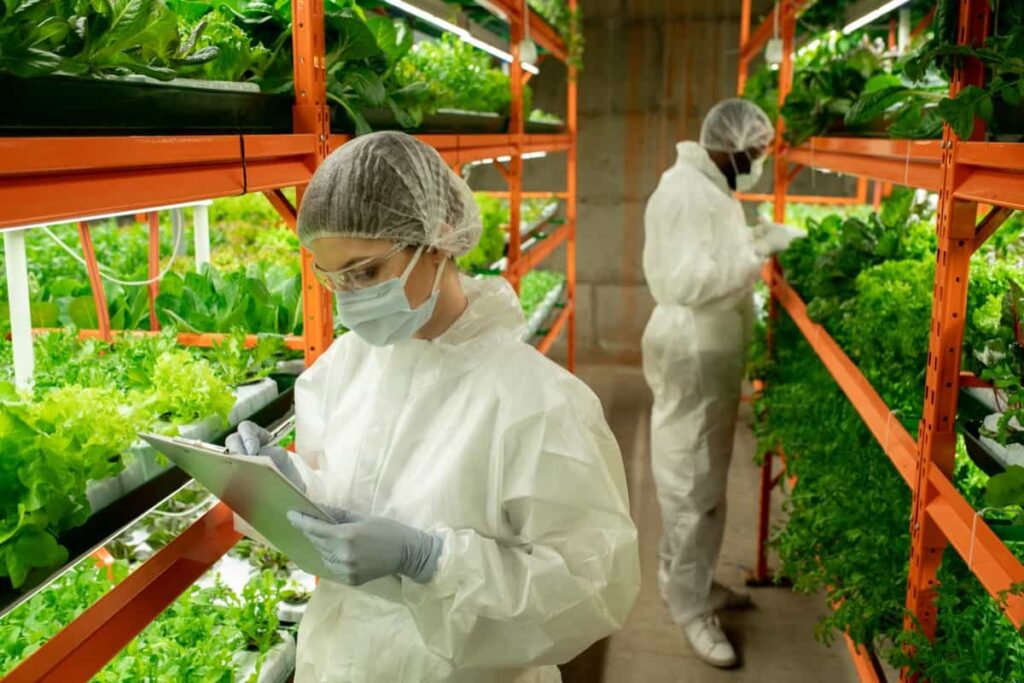
Conclusion
Aeroponic vertical farming is an innovative approach to agriculture that has the potential to revolutionize food production in urban areas. While there are challenges associated with this farming method, its benefits, such as high yield, water efficiency, and reduced pesticide use, make it an attractive option for sustainable food production. With advances in technology and increased investment, aeroponic vertical farming has the potential to become a viable solution to feeding the growing population in cities while also addressing environmental concerns.
Vertical Farming Technology is an innovative and promising approach to sustainable agriculture. By utilizing vertical space, controlled environments, and advanced technologies, vertical farms can produce high yields of fresh and nutritious crops with minimal land, water, and energy resources.
- Profitable Village Farming Business Ideas in 2024
- High-Yield Aquaculture: Fast-Growing Fish for Farming
- Effective Fish Pond Construction Techniques for Beginners
- Irrigation and Water Management in Pineapple Farming
- Blossom to Harvest: Mastering Flowering and Pollination in Papaya Farming
- Pig Fattening Essentials: From Selection to Sale for Beginners
- Raising Wagyu Cattle: A Complete Guide for Premium Beef Production
- Soil Types and Their Water Holding Capacity
- Optimizing Irrigation Schedules for Coconut Groves for Enhanced Yield
- Espresso Your Garden: Coffee Grounds for Healthier Acid-Loving Plants
- The Best Soil Mix for Snake Plants: How to Mix Your Own Snake Plant Soil
- Green Thumb Success: Expert Tips for Cultivating Greenhouse Beans All Year Round
- Bloom All Year Round: The Ultimate Guide to Indoor Hyacinth Care
- Eco-Friendly Gardening: How to Make Liquid Fertilizer from Kitchen Waste
- Ultimate Guide to Grow Anise in Pots: Explore Seed Propagation to Harvesting
- Guide to Raising Chester White Pigs: Discover Breed Facts to Growth Management
- Mastering the Elegance: The Ultimate Guide to Weeping Cherry Tree Care, Planting, and Maintenance
- Ultimate Guide to Planting Garlic in Grow Bags: Growing Strategies for Beginners
- How to Fix Spider Plant Leaf-Related Problems: Natural and Organic Remedies
- 10 Reasons Why Your Tulsi Plant is Shedding Leaves: Home Remedies and Solutions
- Optimizing Growth and Yield: The Advantages of Palm Bunch Ash Fertilizer
- Utilizing Neem Oil Extract as a Natural Pesticide for Hydrangea
- From Soil to Harvest: Various Ways in Which Farmers Can Use AI Tools
- Steps to Encourage and Induce Citrus Flowers: A Comprehensive Guide
- How to Fix Snake Plant Leaf-Related Issues: Natural and Organic Remedies
- Transform Your Garden into a Fragrant Oasis with Raat Ki Rani (Night Blooming Jasmine)
- Discover the Ideal Chicken Breeds for Philippine Farms
- How to Create a Poultry Egg Farm Business Plan for Profits
- Grow Lemon Cucumbers Like a Pro: Insider Techniques for Bountiful Yields
- Ultimate Guide to Caring for Your Pink Princess Philodendron: Tips for Thriving Variegation
- Areca Nut Profit Per Acre: Calculating Yield and Cost of Cultivation
- How Kaveri Chicken is Becoming a More Profitable Breed in Indian Backyards
- Transform Your Barn: 9 Steps to Convert a Horse Stall into a Chicken Coop
- Exploring Suffolk Sheep Disadvantages with Limitations and Challenges
- Guide to Solving Potted Lemon Tree Problems: How to Revive Lemon Tree in Containers
- Steps to Encourage Female Pumpkin Flowers: Best Strategies for More Flowers and High Yields
